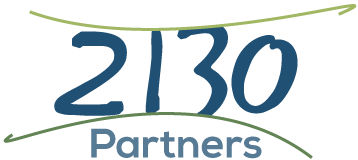 Are you missing out on a powerful source of creativity by overlooking the introverts in your organization and the way they work best?
Susan Cain has a wonderful TED talk and book, “Quiet: The Power of Introverts in a World That Can’t Stop Talking.” She makes a compelling case for the power of introverts and it must be resonating with many given the success of her book. According to Ms. Cain, approximately 1/3 to 1/2 of the population are introverts. This alone should make us sit up and take notice of this topic. She defines introversion this way, “Introversion is not shyness, which is a fear of social judgment, but rather how you respond to stimulation.” Introverts function better with quieter, more low-key environments while extroverts thrive in high stimulation environments.
Are you missing out on a powerful source of creativity by overlooking the introverts in your organization and the way they work best?
Susan Cain has a wonderful TED talk and book, “Quiet: The Power of Introverts in a World That Can’t Stop Talking.” She makes a compelling case for the power of introverts and it must be resonating with many given the success of her book. According to Ms. Cain, approximately 1/3 to 1/2 of the population are introverts. This alone should make us sit up and take notice of this topic. She defines introversion this way, “Introversion is not shyness, which is a fear of social judgment, but rather how you respond to stimulation.” Introverts function better with quieter, more low-key environments while extroverts thrive in high stimulation environments.
Ms. Cain points out that as a culture, our collective bias is toward extroverts. The popularity of work environments with “open plans” that have no, or low walls and constant noise are completely focused on extroverts. She also notes the current popularity of what she calls, “new group think,” which revolves around work being done in groups and highly valuing collective thinking.
In my work with Vistage, (which is obviously group work), and my other executive consulting engagements, I strongly advocate collaboration and am often facilitating groups to help them work more effectively together. That being said, I was struck by the wisdom of Ms. Cain’s arguments about the downsides of “group think.” One of her key points is that solitude is a crucial ingredient of creativity. The book, “Imagine: How Creativity Works,” by author Jonah Lehrer makes similar points.
So if perhaps one-third to one-half of your workforce is introverted, what type of culture and what type of work space do you have? Is your organization part of the “extrovert bias?” If a significant portion of your people would function substantially better with more solitude, and more solo work time, what can you do to make that happen? As Ms. Cain says, “when it comes to creativity and leadership we need introverts doing what they do best.” Here are a couple of recommendations she makes:
1 – Stop the madness of constant group work. Create space for more privacy, freedom and autonomy.
2 –“Go to the wilderness” – meaning get inside your own head and reflect. This is good for both introverts and extroverts to do.
Having a balanced work environment will benefit all of the people in your organization as well as yourself. It’s time to honor the introverts and value their softer voices.
